

TL1 Predoctoral Program: Trenton Edwards, University of Kansas Medical Center, Wichita
By Kelly Hale , Marketing & Communications Specialist
Dec 03, 2024
Project Title: Transcriptomic and Proteomic Signatures for Improved Risk Stratification in High-Risk Pediatric Leukemias
Project Summary: Acute Myeloid Leukemia (AML) is the second most common leukemia among children less than 18 years old. Approximately 15% of pediatric AML cases have KMT2A gene rearrangement (KMT2A-r), associated with worse outcomes. Our goal is to understand better why patients with KMT2A-r pediatric AML relapse more frequently. Our study compares KMT2A-r AML samples to other leukemias and healthy samples. Through these comparisons, we better understand what makes this subtype so aggressive. This, in turn, helps us identify subtype-specific targets for treatment.
Mentors: Irina Pushel, Ph.D. and Midhat Farooqi, M.D., Ph.D.
After suffering a few injuries, Trenton Edwards knew that he wanted to do something in healthcare. And in high school, he was science-driven, so medical school was something he wanted to do. And then, he joined a research lab during his undergraduate days and that was the first step in knowing that he wanted to pursue a research career.
“It took a little bit for me to recognize that research was really going to be a part of my career path, but once I started working in labs, I knew I wanted to be a physician-scientist,” Edwards said.
For Edwards, he is pursuing pediatric oncology and would like to help improve currently available treatments.
“Right now, I really want to understand better the treatments we’re using for different types of malignancies that kids have,” he said. “I also want to learn more about the cancers in and of themselves and how we can produce better outcomes.”
Edwards works with Children’s Mercy Kansas City for his TL1 project. He is using samples from their tumor bank from various malignancies focused on leukemias or blood cancers to compare different types of leukemias. As part of the project, they are also looking at healthy samples to see if they can better understand the cellular environment of the cancers.
“We’re trying to understand better what’s going on in these cells to cause these cancers and see if we can’t use that to identify targets for new treatments,” Edwards said.
The TL1 program has given Edwards the opportunity to take a year off and focus on his research while also gaining additional educational opportunities to enhance his research as his career continues.
“One of the things that I really like about the program is being able to take coursework related to the practice of clinical research, which I didn’t even know existed prior to the TL1 programs,” he said. “And the support has been incredible, and the emphasis on helping me develop into a researcher has been great. It has also been perfect to hear from other scholars who are further in their careers and get advice from them about challenges that may arise.”
Edwards's future goals include potentially working for an academic institution, like Children’s Mercy, to pursue clinical practice and research.
Latest Articles
View All Funded Projects · News
Funded Projects · News
 TL1 Trainee · News
TL1 Trainee · News
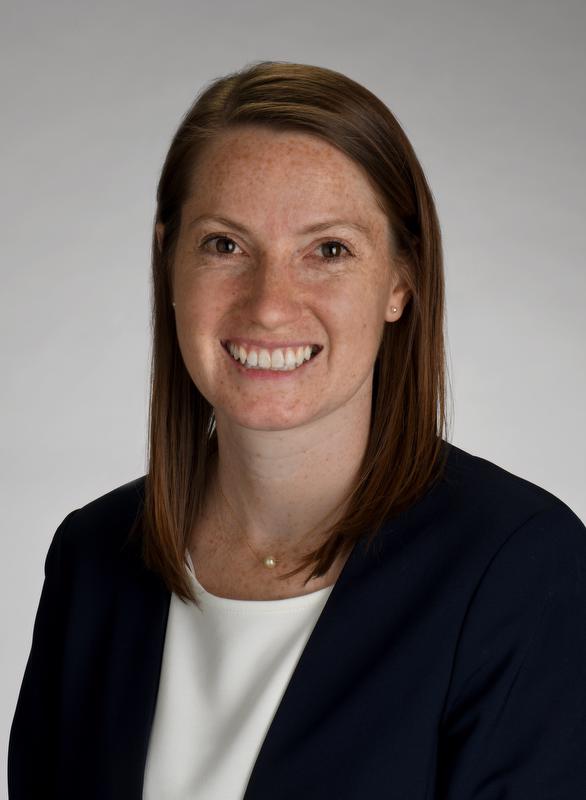 KL2 Scholar · News
KL2 Scholar · News
 Funded Projects · News
Funded Projects · News
 Funded Projects · News
Funded Projects · News
 TL1 Trainee · News
TL1 Trainee · News
 KL2 Scholar · News
KL2 Scholar · News
 Funded Projects · News
Funded Projects · News
 News
News
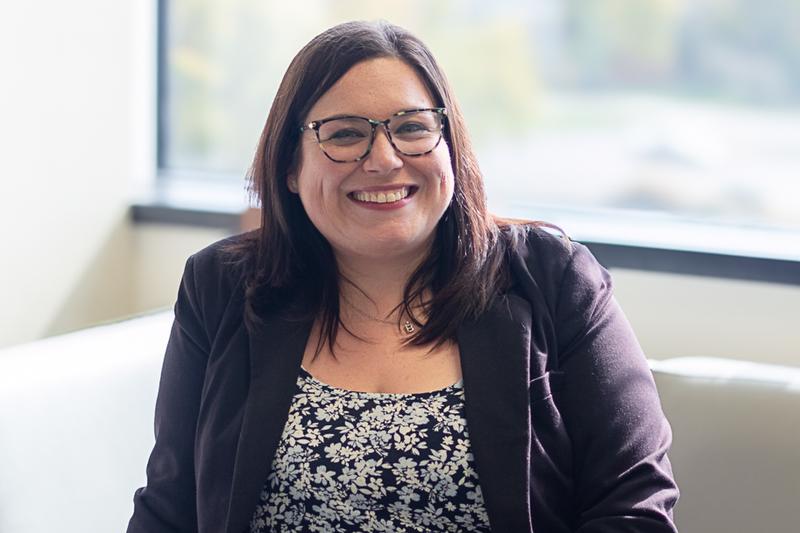 TL1 Trainee · News
TL1 Trainee · News
 News
News
 News
News
 Funded Projects · News
Funded Projects · News
 TL1 Trainee · News
TL1 Trainee · News
 Events
Events
 TL1 Trainee · News
TL1 Trainee · News
 News
News
 TL1 Trainee · News
TL1 Trainee · News
 KL2 Scholar · News
KL2 Scholar · News
 News
News
 KL2 Scholar · News
KL2 Scholar · News
 Funded Projects · News
Funded Projects · News
 News
News
 TL1 Trainee · News
TL1 Trainee · News

 TL1 Trainee · News
TL1 Trainee · News
 Services · News
Services · News
 News
News
 Funded Projects · News
Funded Projects · News
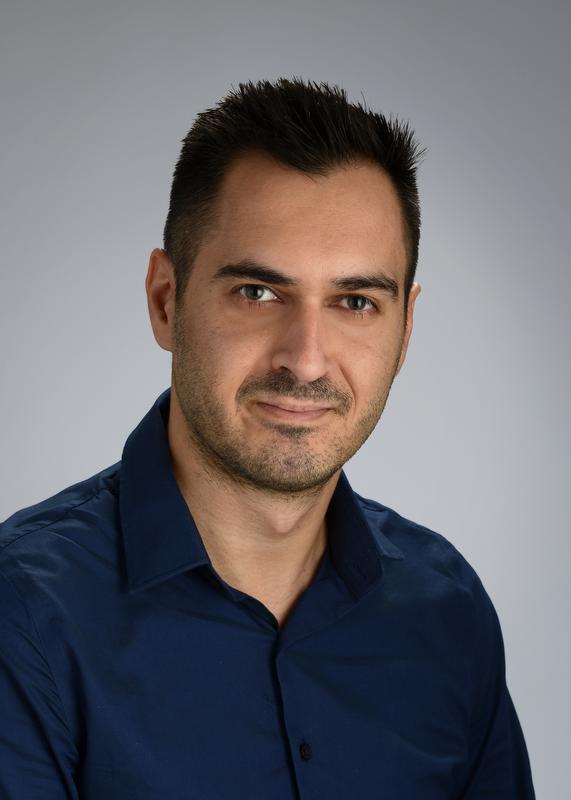 Funded Projects · News
Funded Projects · News
 Funded Projects · News
Funded Projects · News
 TL1 Trainee · News
TL1 Trainee · News
 KL2 Scholar · News
KL2 Scholar · News
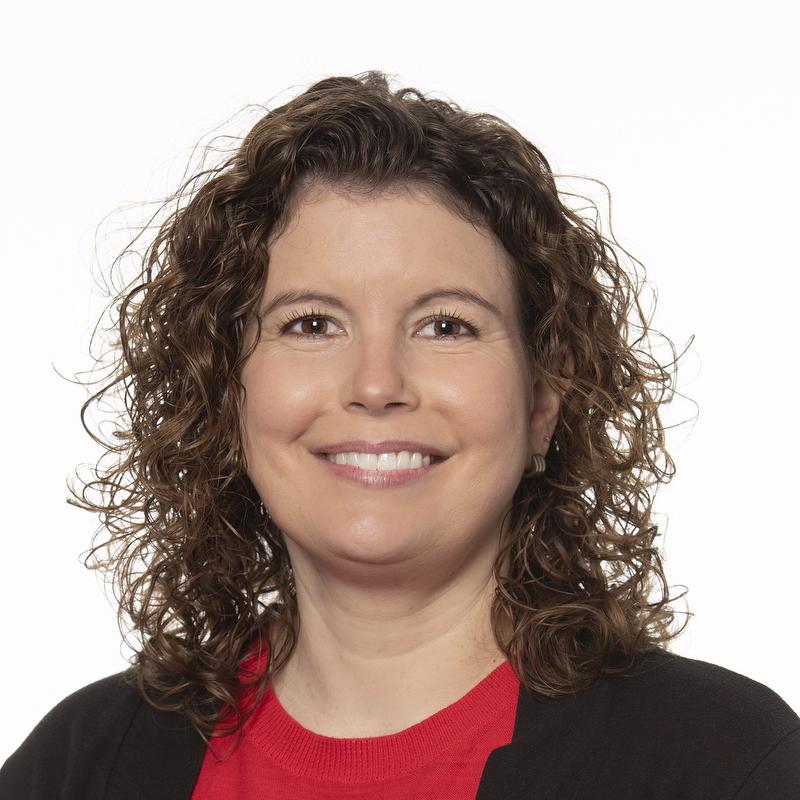 Funded Projects · News
Funded Projects · News
 News
News
 News
News
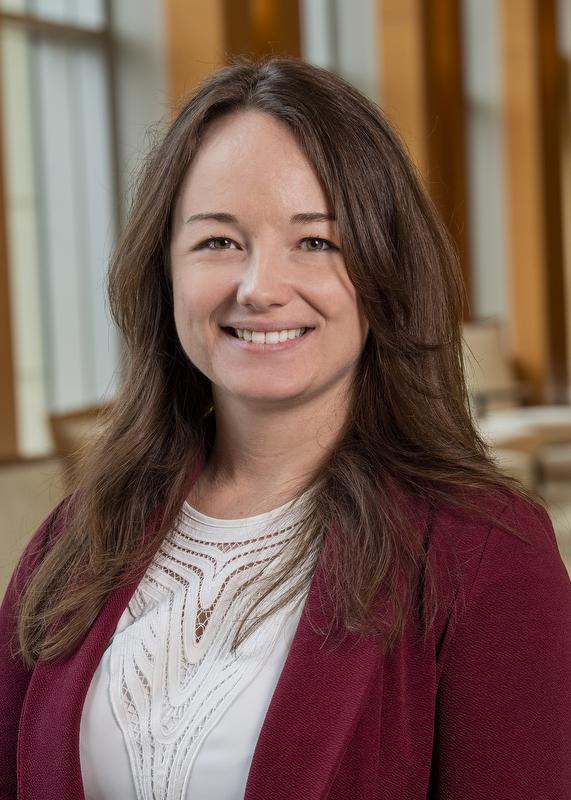 News
News
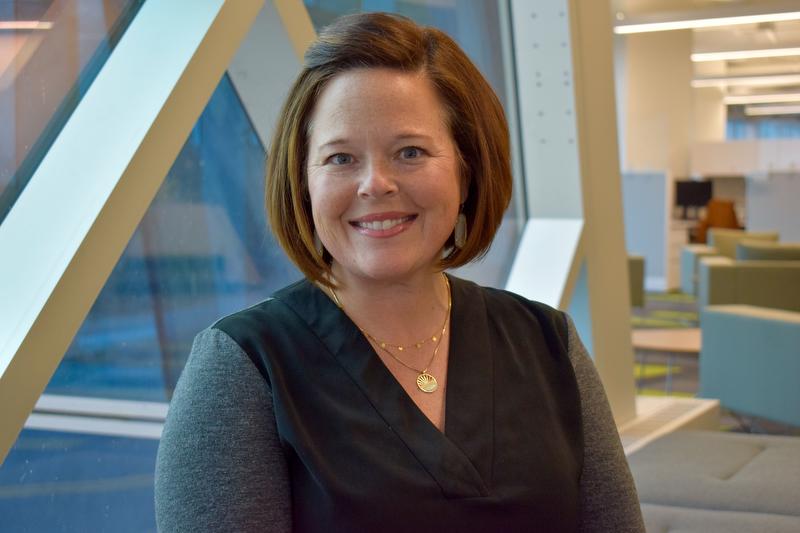 News
News
 News
News
 News
News
 News
News
 News
News
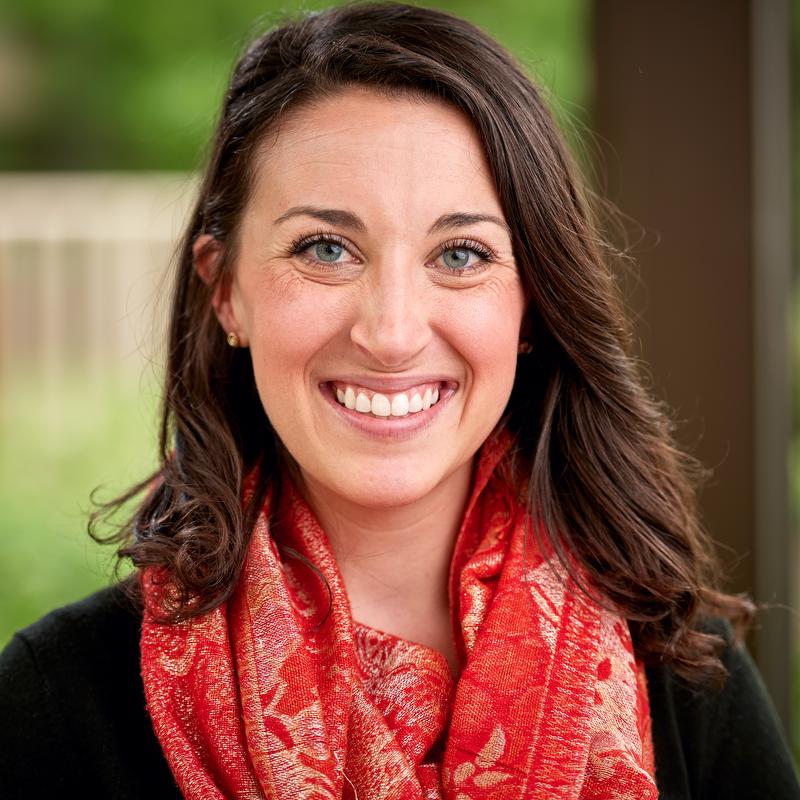 News
News
 News
News
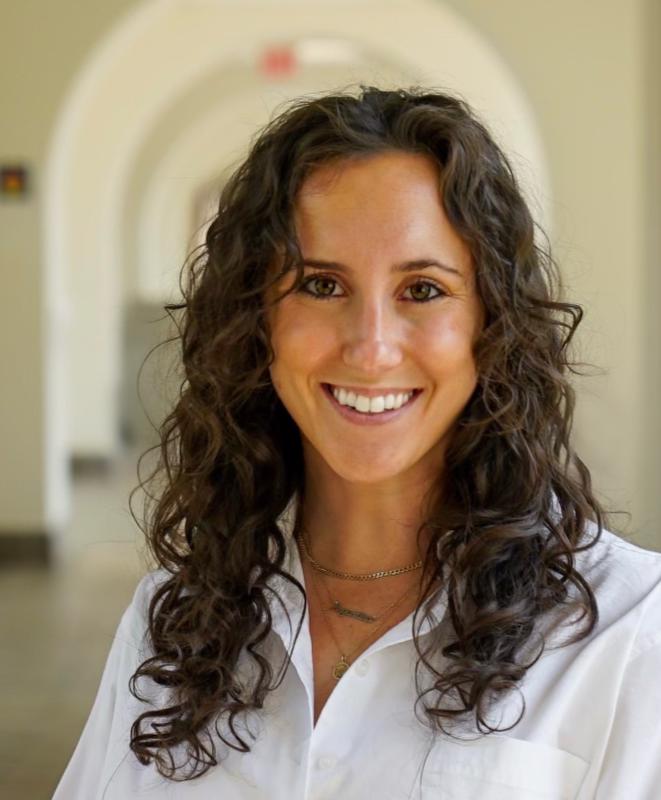 News
News
 News
News
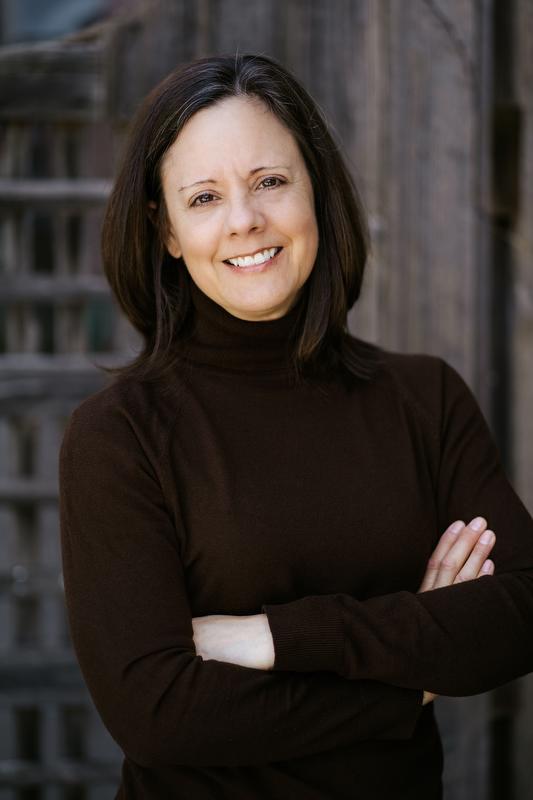 News
News
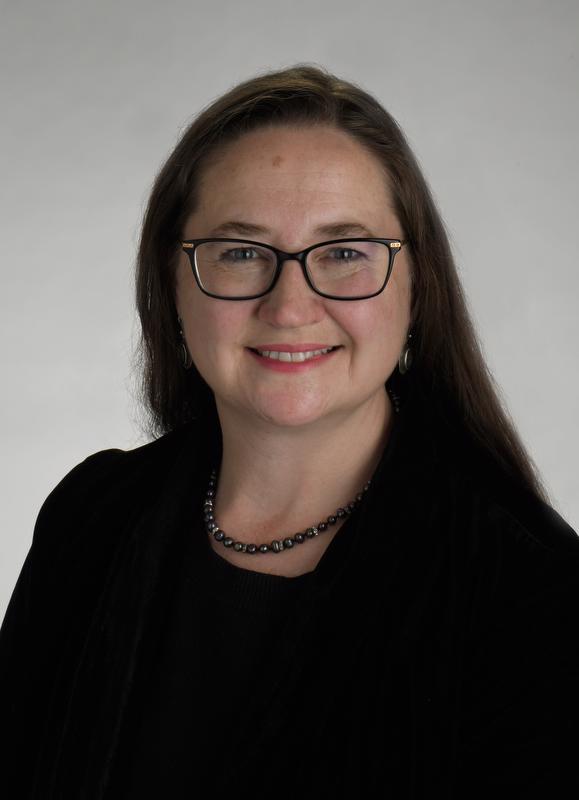 News
News
 Funded Projects · News
Funded Projects · News
 Funded Projects · News
Funded Projects · News
 KL2 Scholar · News
KL2 Scholar · News
 News
News
 News
News
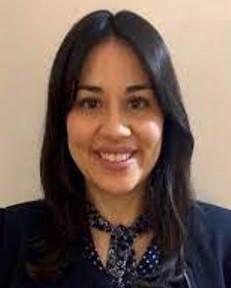 KL2 Scholar · News
KL2 Scholar · News
 KL2 Scholar
KL2 Scholar
 News
News
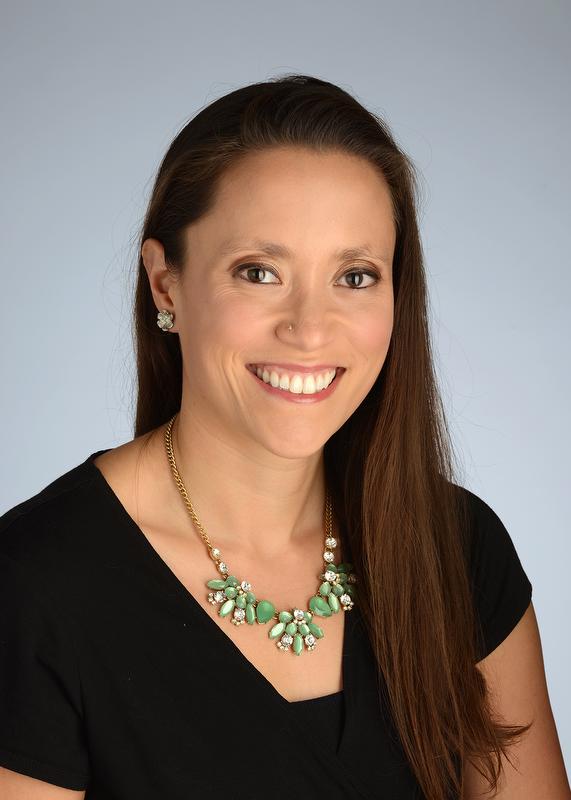 News
News
 KL2 Scholar · News
KL2 Scholar · News
 News
News
 News · In the Community · Funded Projects
News · In the Community · Funded Projects
 Funded Projects · News
Funded Projects · News
 Funded Projects · News
Funded Projects · News
 Funded Projects · News
Funded Projects · News
 Funded Projects · News
Funded Projects · News
 News
News
 Funded Projects · News
Funded Projects · News

 TL1 Trainee · News
TL1 Trainee · News
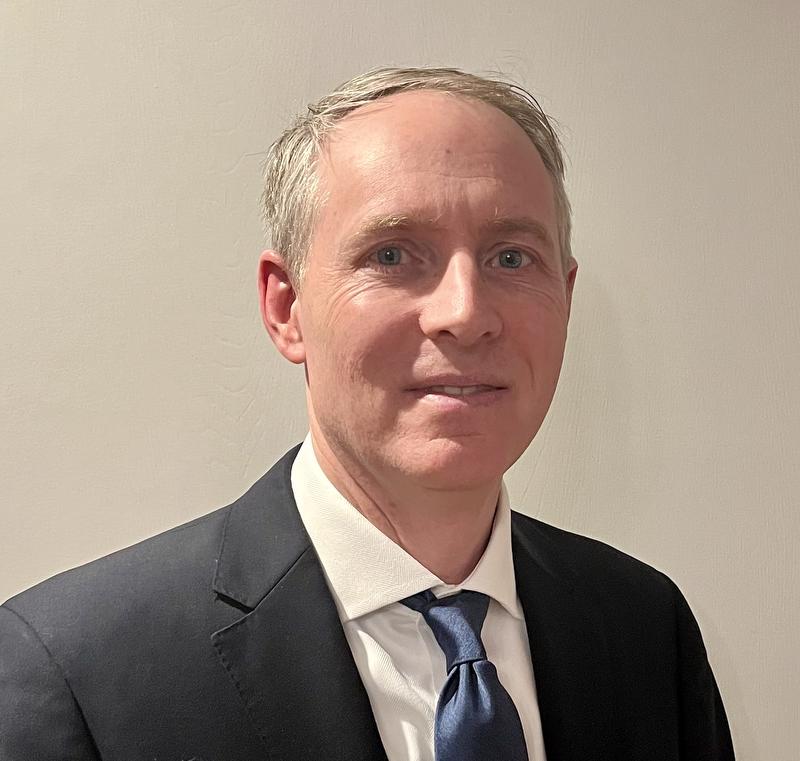 Funded Projects · News
Funded Projects · News
 Events · News
Events · News
 Funded Projects · News
Funded Projects · News

 Funded Projects · News
Funded Projects · News
 TL1 Trainee · News
TL1 Trainee · News
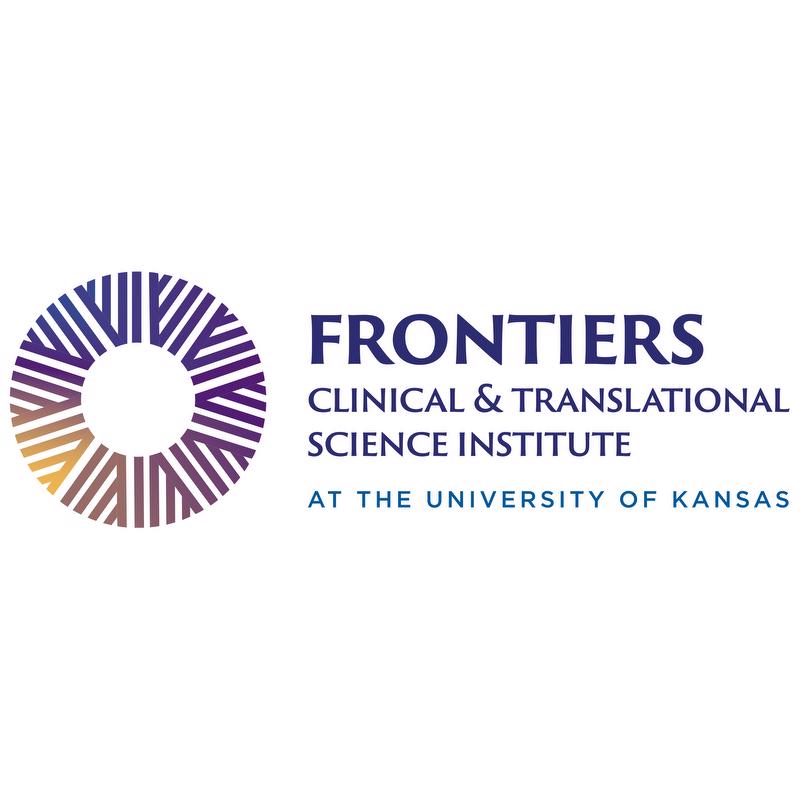 News · In the Community · Funded Projects
News · In the Community · Funded Projects
 Funded Projects · News
Funded Projects · News
 KL2 Scholar · News
KL2 Scholar · News
 TL1 Trainee · News
TL1 Trainee · News
 News
News
 News
News
 KL2 Scholar · News
KL2 Scholar · News
 TL1 Trainee · News
TL1 Trainee · News
 News
News
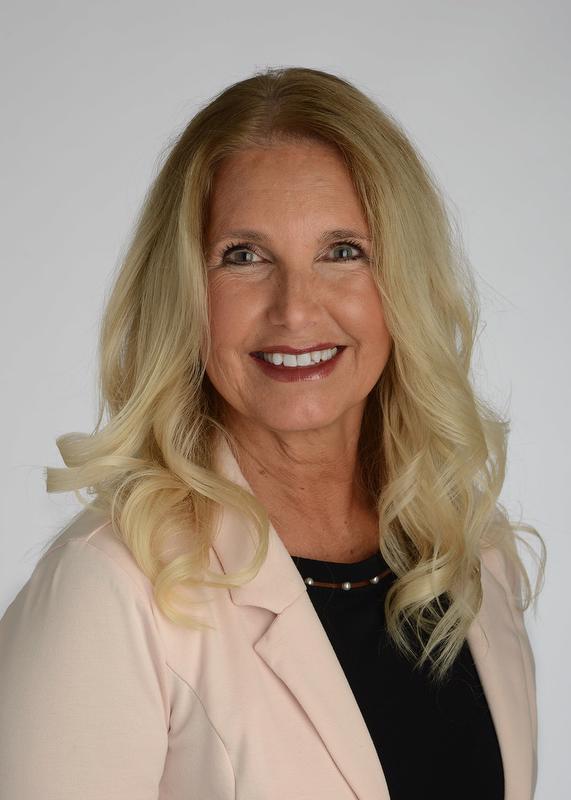 News
News
 Funded Projects · News
Funded Projects · News
 Events · News
Events · News

 KL2 Scholar · News
KL2 Scholar · News
 News
News

 Funded Projects · News
Funded Projects · News
 News
News
 Partner News · News
Partner News · News
 News · In the Community
News · In the Community

 0
0

 Funded Projects · News
Funded Projects · News
 Funded Projects · News
Funded Projects · News
 News
News
 Funded Projects · News
Funded Projects · News
 Funded Projects · News
Funded Projects · News
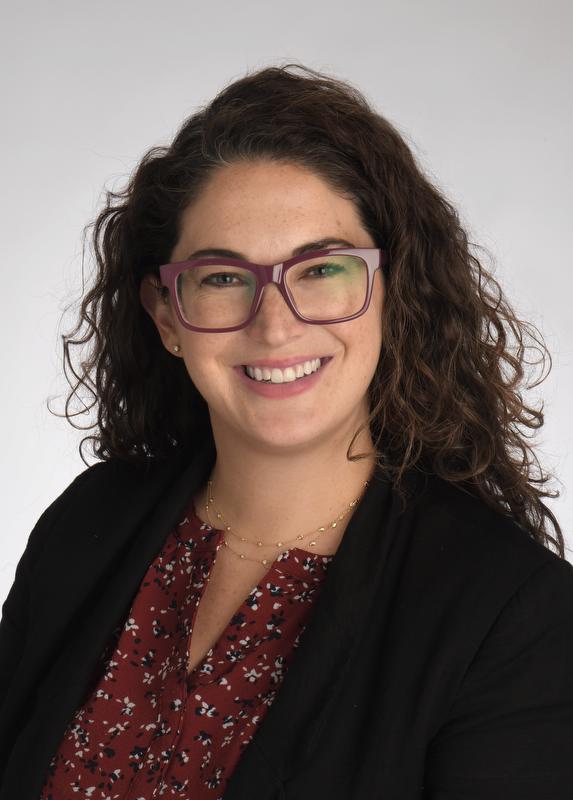 News
News
 Events · News
Events · News
 TL1 Trainee · News
TL1 Trainee · News
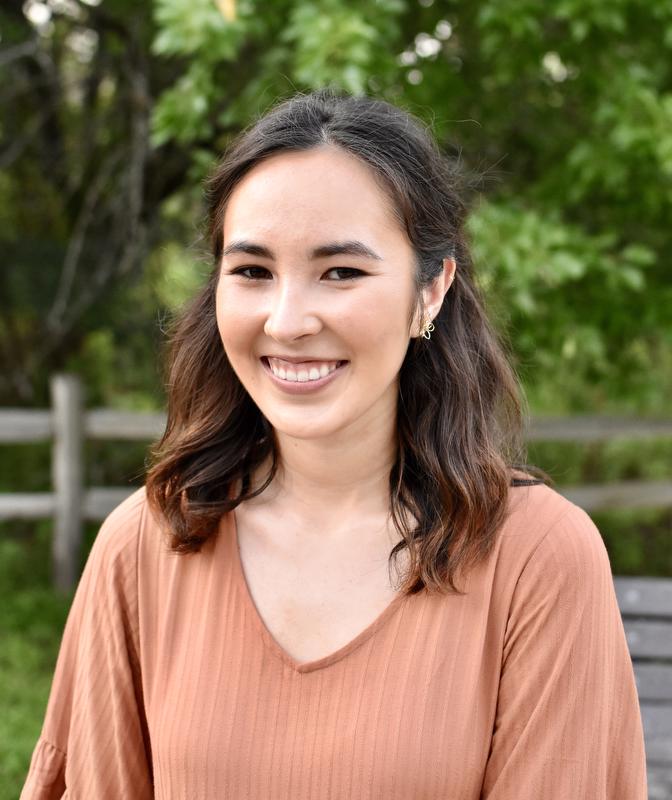 TL1 Trainee · News
TL1 Trainee · News
 News
News
 Funded Projects · News
Funded Projects · News
 News
News
 Partner News · News
Partner News · News
 TL1 Trainee · News
TL1 Trainee · News
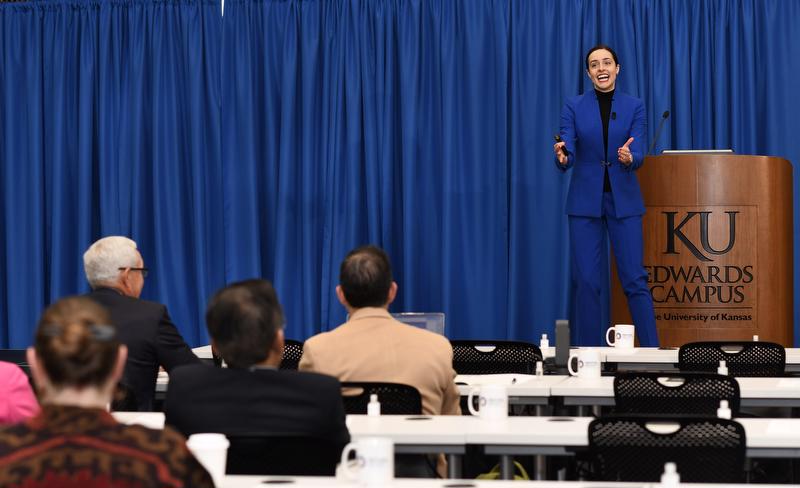 Events · News
Events · News
 KL2 Scholar · News
KL2 Scholar · News
 News
News
 TL1 Trainee · News
TL1 Trainee · News
 News · KL2 Scholar
News · KL2 Scholar

 TL1 Trainee · News
TL1 Trainee · News
 Events · News
Events · News
 News
News
 News
News
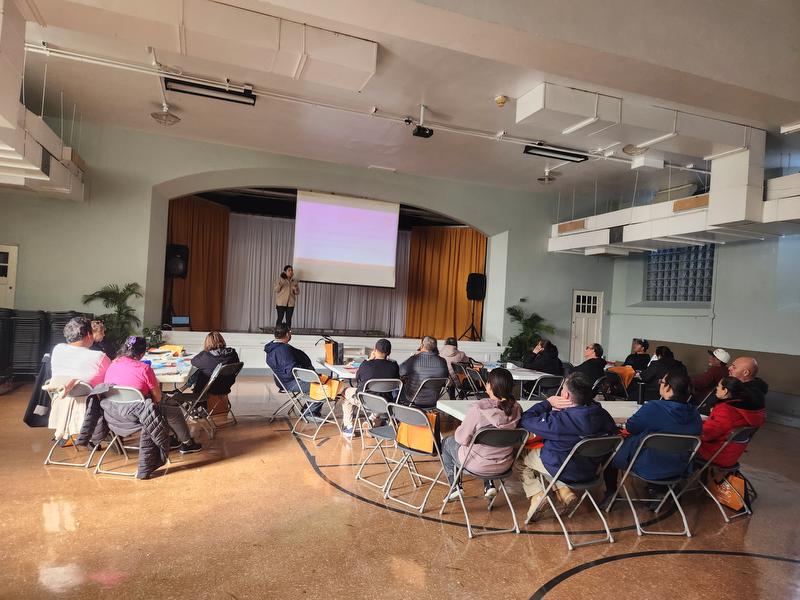

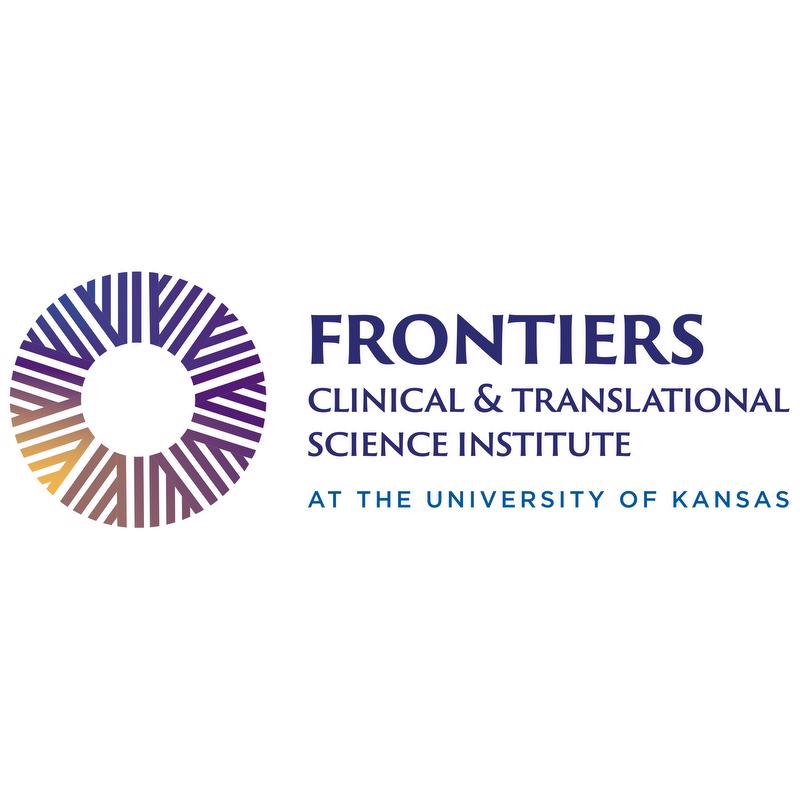 News
News
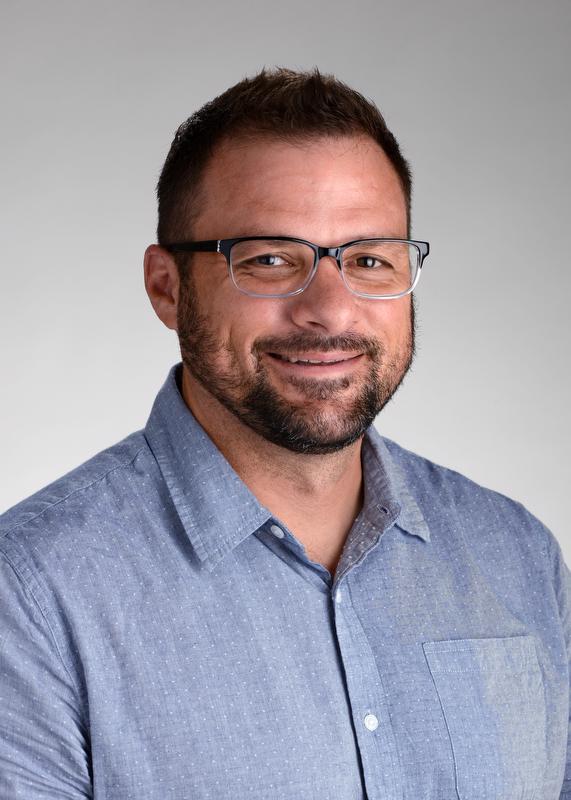
 40
40

 News
News
 News
News
 TL1 Trainee · News
TL1 Trainee · News
 News
News
 Funded Projects · News
Funded Projects · News
 News · In the Community
News · In the Community
 Funded Projects · News
Funded Projects · News
 In the Community
In the Community
 News · In the Community · Partner News
News · In the Community · Partner News
 KL2 Scholar · News
KL2 Scholar · News
 News · In the Community
News · In the Community
 Events · News · Services
Events · News · Services
 Funded Projects · News
Funded Projects · News
 KL2 Scholar · Funded Projects · News
KL2 Scholar · Funded Projects · News
 TL1 Trainee · Funded Projects · News
TL1 Trainee · Funded Projects · News
 News
News
 News
News
 KL2 Scholar · Funded Projects
KL2 Scholar · Funded Projects
 KL2 Scholar · Funded Projects
KL2 Scholar · Funded Projects
 Events · News
Events · News
 News
News
 KL2 Scholar · Funded Projects
KL2 Scholar · Funded Projects
 News
News
 Funded Projects
Funded Projects

 TL1 Trainee
TL1 Trainee
 News
News
 Funded Projects
Funded Projects



